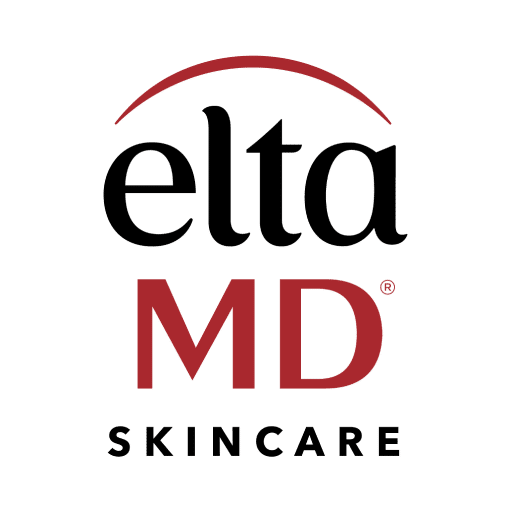What do Bill Clinton, Princess Diana, and Sam Smith have in common? They have all had struggles with rosacea, a common skin condition that makes skin more prone to blushing, flushing, and overall redness on the face and beyond.
With some 14 million Americans living with rosacea, you'd think there might be a little more known about what causes the condition. Right now, scientists are still exploring that question, but what they do know is this: treatments can help ease the redness—and the importance of wearing sunscreen for rosacea should not be overlooked.
Understanding Rosacea
People often associate rosacea with redness on the skin, and while that's true, it's not the only symptom caused by the condition. Some people experience frequent blushing, while others may have visible blood vessels and breakouts that look like acne. Rosacea can also lead to bumpy skin, swelling that feels warm to the touch, or even irritated eyes or eyelids. Symptoms can come and go with flareups, or they can last indefinitely.
This wide range of symptoms can make it hard to pin down an exact cause of rosacea. So far, experts suspect one or more potential causes that may play a role—including genetics, problems with the immune system, bacterial infections, skin mites, or protein imbalances.
Though the potential causes may be many, there are several known risk factors that can make a person more likely to experience rosacea, including the following:
- Women between 30 and 50 years old
- People with light skin and blue eyes
- Those with a family history of rosacea or severe acne
Still, many other people can have rosacea, too—including men, children, and people with darker skin. If you think you might have symptoms of rosacea, check with a Dermatologist for a comprehensive assessment. They can help provide an accurate diagnosis based on your medical history, physical exam, and other details.
Sunscreen for Rosacea: What to Know
If you're diagnosed with rosacea, you'll likely get to choose from a variety of treatment options, which can vary from topical creams and medicines to in-clinic procedures like laser therapy. But as your doctor will tell you, the most important rosacea skin care rule is to wear sunscreen every day.
That's because sunlight is a common trigger for rosacea flareups, and exposure to the sun's rays can make the redness or other symptoms worse over time. In one survey from the National Rosacea Society, for example, 81 percent of respondents said sunlight was the top trigger for their rosacea symptoms.
The same organization recommends that people with rosacea wear a mineral-based, sensitive-skin sunscreen with zinc or titanium dioxide—which can help provide a physical barrier from the sun's rays without the potential damage from fragrances, harsh chemicals, or other irritants. (Grab EltaMD's UV Elements Broad-Spectrum SPF 44 or UV Clear Broad-Spectrum SPF 46 to get the right balance.)
Apply the sunscreen after washing and moisturizing your skin, as recommended by the American Academy of Dermatology to help reduce irritation and optimize the success of rosacea treatments. Other self-care tips they suggest include avoiding certain ingredients (such as alcohol) as well as testing out cosmetics on a small area before using them all over.
Many people live with rosacea and successfully manage their condition—and you can, too. Just find a skin care routine that works for you, and check with your Dermatologist to create a treatment plan based on your individual needs. Most importantly, keep the sunscreen handy; your skin needs it more than you think!
